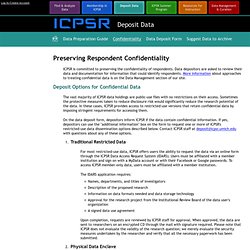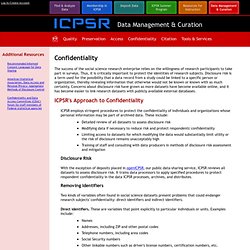

Digital Archiving at the University of York: Some thoughts on pdf/a 3. As a digital archivist, I need to keep my ear to the ground with regard to new file formats, particularly when they are billed as being suitable for long term preservation.

This is why I attended a DPC event today on the new version of the pdf/a standard (version 3). With pdf/a the clue is in the name, the ‘a’ stands for ‘archive’. The original pdf/a file format was one that was the source of endless debate in my previous job at the Archaeology Data Service (see summary blog post). It is a format that we eventually embraced as an acceptable preservation format for documents deposited with us in standard pdf format. Today’s event was very useful, giving me enough background information about the new format to feel I could now hold my own in a discussion of its pros and cons. The main difference between pdf/a 3 and previous versions of the standard is the ability to include embedded objects. Welcome to the Data Curation Profiles Community! Data Asset Framework. Guide to Social Science Data Preparation and Archiving: Introduction. Importance of Data Sharing and Archiving Archives and domain repositories that preserve and disseminate social and behavioral data perform a critical service to the scholarly community and to society at large, ensuring that these culturally significant materials are accessible in perpetuity.

The success of the archiving endeavor, however, ultimately depends on researchers’ willingness to deposit their data and documentation for others to use. In recent years, several national scientific organizations have issued statements and policies underscoring the need for prompt archiving of data, and some funding agencies have begun to require that the data they fund be deposited in a public archive. The National Institutes of Health (NIH) now requires a data sharing plan for large projects, and in 2011 the National Science Foundation (NSF) began to require a data management plan as part of every grant application.
Data sharing also allows scientists to test and replicate each others’ findings. Digital Preservation at ICPSR. Preserving Respondent Confidentiality. ICPSR is committed to preserving the confidentiality of respondents.

Data depositors are asked to review their data and documentation for information that could identify respondents. More information about approaches to treating confidential data is on the Data Management section of our site. The vast majority of ICPSR data holdings are public-use files with no restrictions on their access. Sometimes the protective measures taken to reduce disclosure risk would significantly reduce the research potential of the data.
In these cases, ICPSR provides access to restricted-use versions that retain confidential data by imposing stringent requirements for accessing them. Confidentiality and Privacy. The success of the social science research enterprise relies on the willingness of research participants to take part in surveys.

Thus, it is critically important to protect the identities of research subjects. Disclosure risk is a term used for the possibility that a data record from a study could be linked to a specific person or organization, thereby revealing information that otherwise would not be known or known with as much certainty. Concerns about disclosure risk have grown as more datasets have become available online, and it has become easier to link research datasets with publicly available external databases. ICPSR employs stringent procedures to protect the confidentiality of individuals and organizations whose personal information may be part of archived data. These include: TRAC Metrics. The Trustworthy Repositories Audit & Certification: Criteria and Checklist (TRAC), is the principle tool used by CRL in its auditing and certification of digital repositories. TRAC criteria measure the ability of a given repository to preserve digital content in a way that serves the repository's stakeholder community.
TRAC metrics are based on the ISO 14721:2012 standard. This standard is commonly referred to as the OAIS reference model and was developed through the Consultative Committee for Space Data Systems (CCSDS.) TRAC criteria were initially developed by a task force under the auspices of OCLC's Research Libraries Group (RLG) and the National Archives and Records Administration (NARA).
The final version of TRAC was revised by the Center for Research Libraries and the Research Libraries Group after jointly conducting test audits of several digital repositories in 2005-2006. Section A. A1. A2. A3. A4.